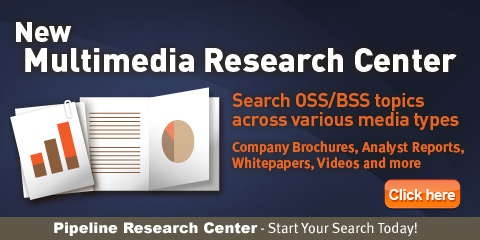IoT-centric Business, Technology and Billing Challenges for CSPs
How do you address international sales, marketing, provisioning, and customer support, especially with the services landscape rapidly changing? How do you manage a global portfolio with your product catalog(s) (PCAT) without proliferation, master-and-slave issues, and other variables that directly or indirectly relate to billing and account data?
Many IoT deployments are fundamentally complex ecosystems. They are comprised of multiple vendors’ services and products. To support this PCAT, data structures and CRM should logically segment key system elements. This would allow cloning of PCAT objects and unique pricing per region, marketplace and sales organization, as well as support for separates orders, CRM users, and accounts, so only that group’s users can access their accounts or data. Systems should also possess the ability to support the selling and provisioning of third-party services and provide configurable commissioning or settlement.
Cloud Benefits and Pitfalls
When CSPs are looking for alternative solutions, cloud-based solutions are typically at the top of their list. After years of hesitation, cloud technology is recognized as a mainstream business platform and growth engine. But not all SaaS cloud billing companies support the key capabilities that will help keep cost to serve as low as possible.
Consider if the solution has true cloud capability, and whether it is containerized and data center agnostic. This is especially important for global CSPs requiring multiple geographic instances. Also consider whether the system is natively elastic. The solution should scale up and down based on demand, and clients should only pay for what they use. True elasticity affords a far less expensive initial rollout since CSPs do not need to size the infrastructure for future loads.
When reviewing Cloud/SaaS vendors, it’s important to look closely at their rating capabilities, and especially their configurability and flexibility — no coding being optimal. While legacy systems handle sophisticated multi-variable rating, do not assume Cloud/SaaS raters were designed to natively support telco-grade rating. For example, many do not support segmentation for usage. If a single usage event has QoS, time of day, class of service, night or weekend rating variables, their raters would need to maintain every combination of attributes. This leads to usage type proliferation and burdens the client to assess the type of usage it is outputting to identify and tag the usage unit.





















